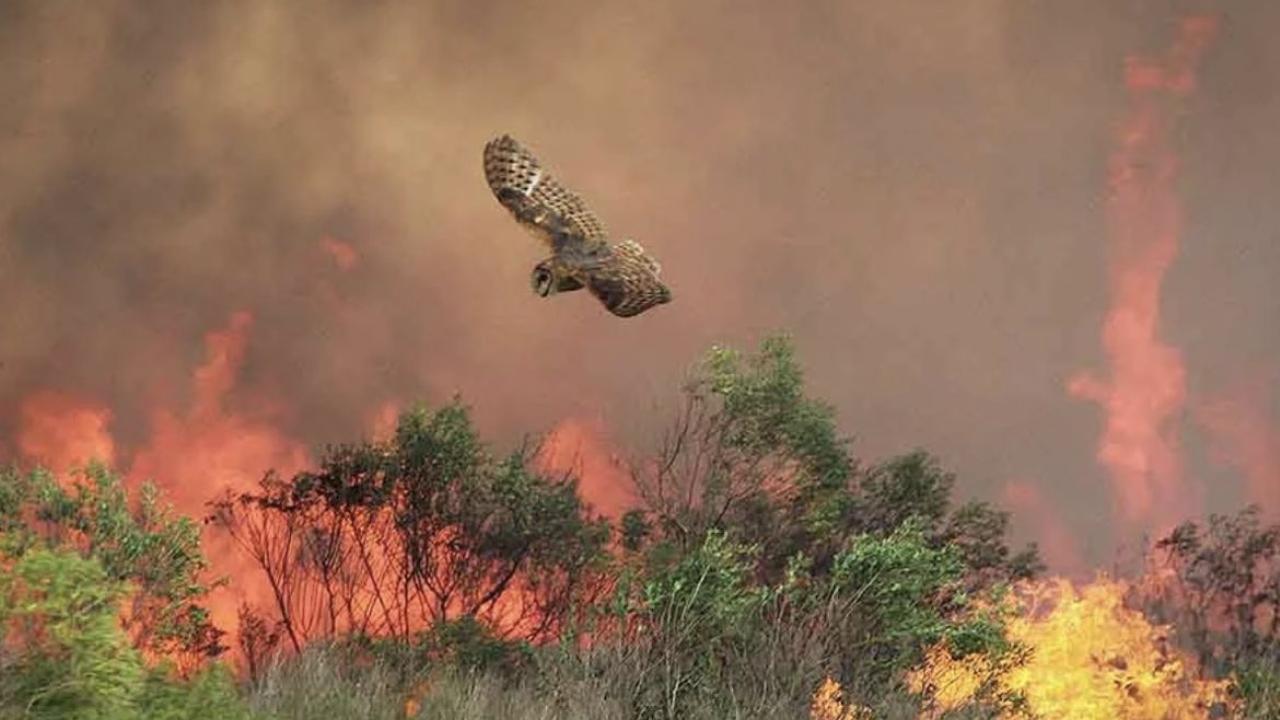A new initiative created by UCLA and the Natural History Museum of Los Angeles County will use community science to learn more about the effects of smog and wildfire smoke on birds, with a goal of developing strategies to help birds cope with wildfires, air pollution and climate change. Project Phoenix, which takes flight this July, will bring together ecologists, atmospheric scientists and everyday people from throughout California.
It may seem that animals that can fly to escape flames would fare better than animals that travel on foot, but their high-performance respiratory systems — necessary to generate energy needed to fly — are more sensitive than those of mammals, said Olivia Sanderfoot, the Project Phoenix program director and ecologist with UCLA La Kretz Center for Conservation Science. Smoke damages birds’ lungs and leaves them susceptible to respiratory infections, some of which can be fatal. Meanwhile, the fires themselves destroy critical areas of habitat that birds rely on for food and water.
“Folks are concerned,” Sanderfoot said. “So far, we haven’t had a clear picture as to how birds are impacted by smoke and urban air pollution. So that’s what we’re trying to figure out.”
Participants can volunteer as little as 10 minutes a week to document the behavior of birds in their neighborhoods. The data they collect will be analyzed by a team of researchers to gain insights into how birds adapt during different types of smoke exposure.
Read more at Project Phoenix and at UCLA Newsroom.
Image Source: Jeffrey Adams/National Wildlife Federation





